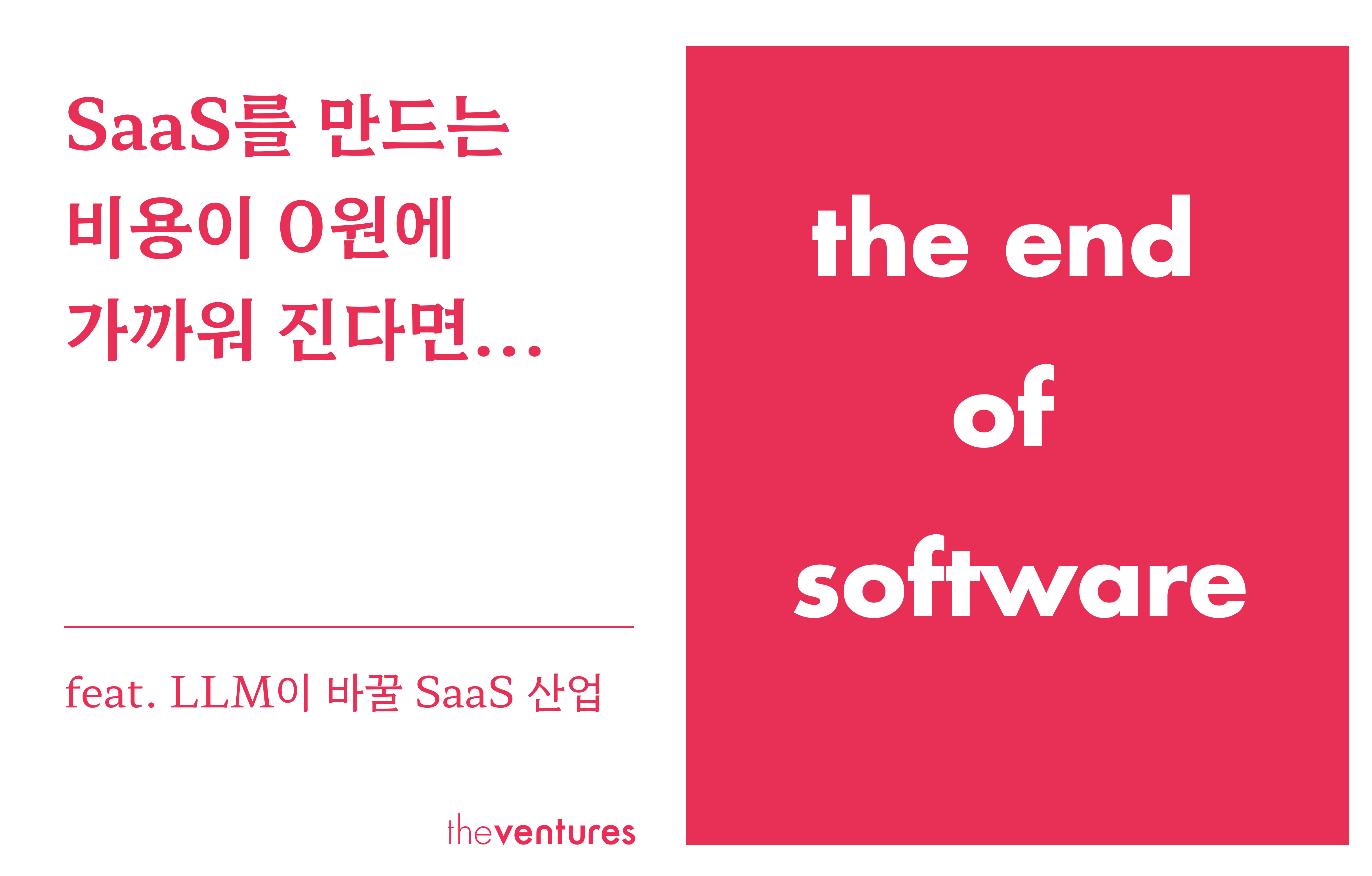
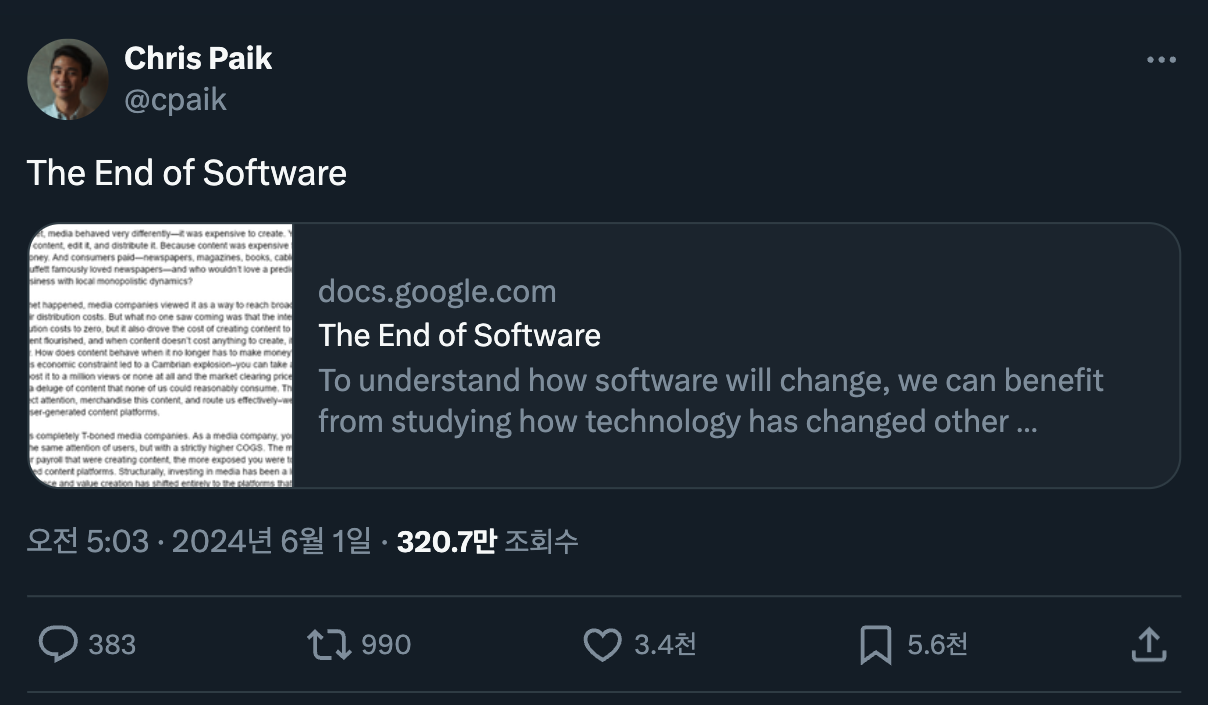
소프트웨어의 종말
소프트웨어가 어떻게 변화할지 이해하려면 기술이 다른 산업을 어떻게 변화시켰는지 연구하는 것이 도움이 될 수 있습니다. 역사는 운율에 따라 흘러가는 경향이 있습니다.
인터넷이 등장하기 전의 미디어는 제작 비용이 많이 드는 매우 다른 방식으로 작동했습니다. 콘텐츠를 만들고, 편집하고, 배포하려면 사람들에게 돈을 지불해야 했습니다. 콘텐츠 제작에 비용이 많이 들었기 때문에 수익을 창출해야 했습니다. 그리고 소비자들은 신문, 잡지, 책, 케이블, 유료 시청 등 돈을 지불했습니다. 워렌 버핏이 신문사를 좋아한 이유는 지역 독점력과 예측 가능한 구독 수익이라는 매력적인 조합 때문입니다.
인터넷이 등장했을 때 미디어 회사들은 인터넷을 더 많은 시청자에게 도달하고 배포 비용을 절감할 수 있는 수단으로 여겼습니다. 하지만 아무도 예상하지 못했던 것은 인터넷이 배포 비용을 0으로 만들었을 뿐만 아니라 콘텐츠 제작 비용도 0으로 만들었다는 사실입니다. 사용자 제작 콘텐츠가 번성했고, 콘텐츠 제작에 비용이 들지 않게 되자 더 이상 수익을 창출할 필요가 없어졌습니다. 더 이상 수익을 창출할 필요가 없어진 콘텐츠는 어떻게 작동할까요? 이러한 경제적 제약의 완화는 캄브리아기 폭발로 이어졌습니다. 커피 한 잔의 사진을 찍어 100만 조회수를 기록할 수 있게 되었어요. 전혀 조회수를 기록하지 않더라도 문제가 없습니다. 제작 비용이 들지 않았으니까요. 콘텐츠가 홍수처럼 쏟아져 나왔습니다. 넘쳐나는 콘텐츠들을 관리하고 사용자들에게 효과적으로 전달하기 위해 새로운 플랫폼이 필요했고, 그것이 바로 우리가 아는 소셜 미디어 플랫폼입니다.
이런 변화는 전통적인 미디어 회사들에게 큰 타격을 주었습니다. 그들은 여전히 사람들의 관심을 끌기 위해 경쟁했지만, 훨씬 더 많은 제작 비용을 들여야 했기 때문입니다.
더 아이러니한 것은, 미디어 회사가 콘텐츠를 만들기 위해 더 많은 직원을 고용할수록 그들은 오히려 소셜 미디어 플랫폼에 더 많이 의존하게 되었습니다. 결국 이런 구조 때문에 미디어 회사들은 계속해서 손실을 보고 있고, 실제 가치는 콘텐츠 배포를 통제하는 플랫폼 회사들에게로 옮겨가고 있습니다.
소프트웨어는 제작 비용이 많이 듭니다. 소프트웨어를 만들고, 유지 관리하고, 배포하려면 사람들에게 돈을 지불해야 합니다. 소프트웨어는 제작 비용이 많이 들기 때문에 수익을 창출해야 합니다. 그리고 우리는 소프트웨어 라이선스, SaaS, 좌석당 가격 등 소프트웨어에 대한 비용을 지불합니다. 소프트웨어 마진은 역사적으로 90% 이상의 마진과 제로에 가까운 유통 비용으로 선망의 대상이었습니다.
소프트웨어가 비싼 이유는 개발자의 인건비가 비싸기 때문입니다. 개발자는 숙련된 번역가로서 인간의 언어를 컴퓨터 언어로 번역하거나 그 반대의 경우도 마찬가지입니다. LLM은 이 작업에서 놀라울 정도로 효율적임이 입증되었으며 소프트웨어 제작 비용을 제로로 만들 것입니다. 소프트웨어가 더 이상 돈을 벌 필요가 없어지면 어떤 일이 벌어질까요? 우리는 콘텐츠와 마찬가지로 소프트웨어의 캄브리아기 폭발을 경험하게 될 것입니다.
Vogue는 다른 패션 미디어 회사로 대체된 것이 아니라 10,000명의 인플루언서로 대체되었습니다. Salesforce는 다른 모놀리식 CRM으로 대체되지 않을 것입니다. 동일한 의도와 문제점에 동적으로 대응하는 여러 가지로 대체될 것입니다. 소프트웨어 회사는 미디어 회사가 그랬던 것처럼 대체될 거예요. 수많은 소프트웨어들의 배포를 관리하는 새로운 플랫폼이 등장할 것입니다.
SaaS, ARR 같은 단어는 소프트웨어 비즈니스 모델을 이해할 수 있는 줄임말입니다. 소프트웨어 비즈니스의 해자가 얼마나 강력한 지 알 수 있는 단어죠. LLM은 빨리 많은 걸 바꿀 거예요. 오늘날 컴퓨터 과학을 전공하는 것은 90년대 후반에 저널리즘을 전공하는 것과 비슷할 것입니다.
다른 의견들
"미디어를 소비하는 건, 기업에게 리스크가 없는 일이였다. 소프트웨어 구독은 기업에게 리스크가 큰 일이다. 이게 쉽게 바뀌지는 않을 거다"
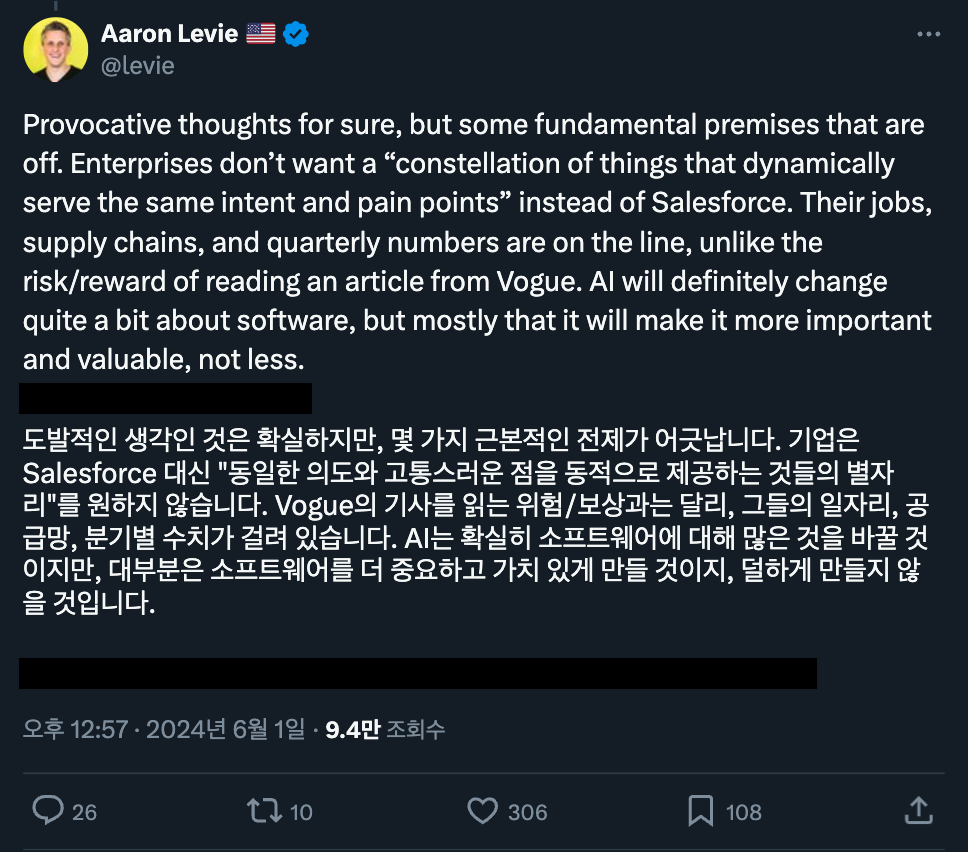
"정말 어려운 문제를 푸는 소프트웨어가 큰 수익을 가져갈 거다"
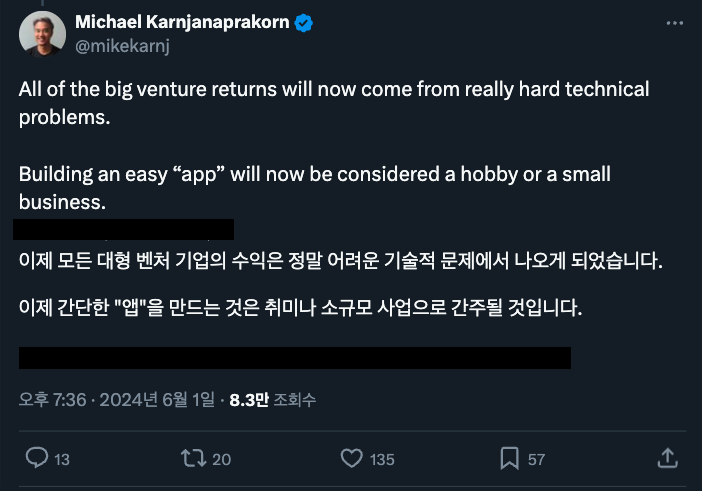
"저널리즘과 소프트웨어 산업은 여러모로 다릅니다"
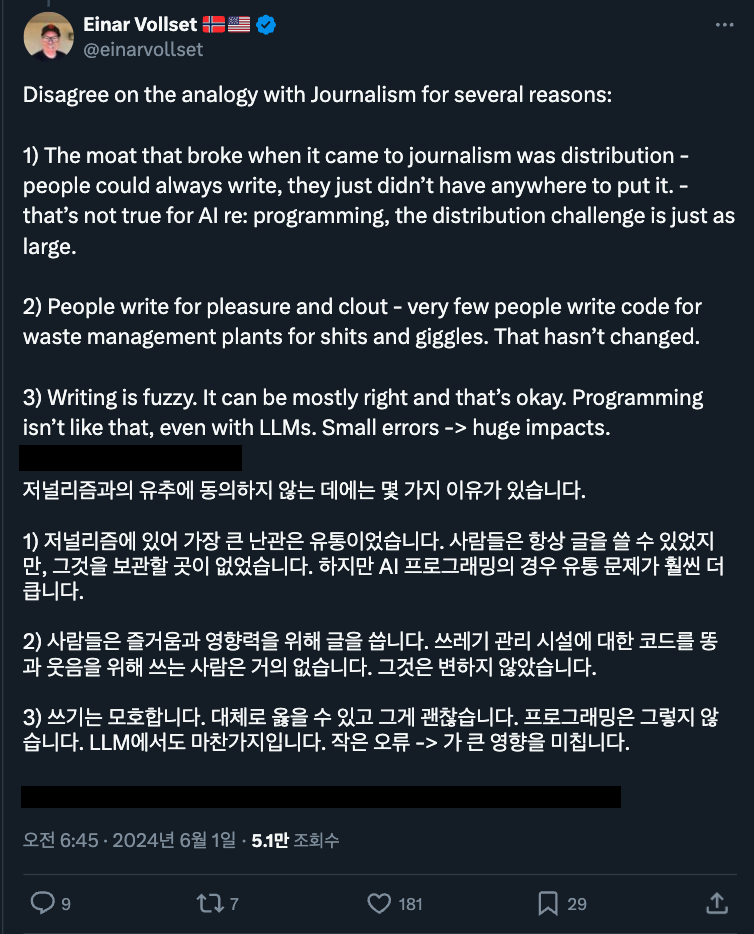
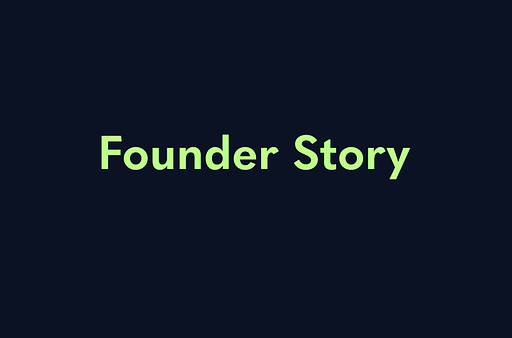
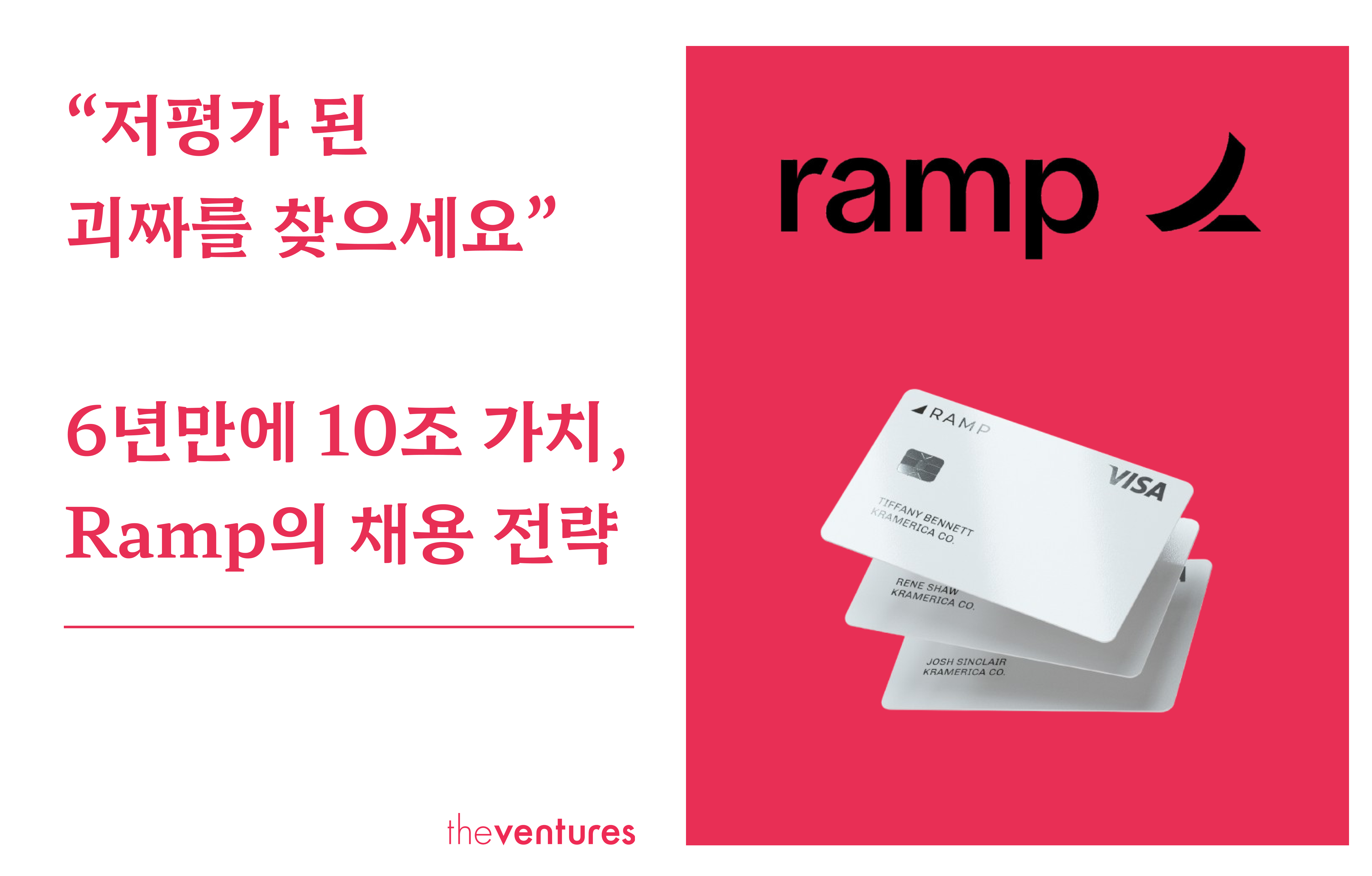
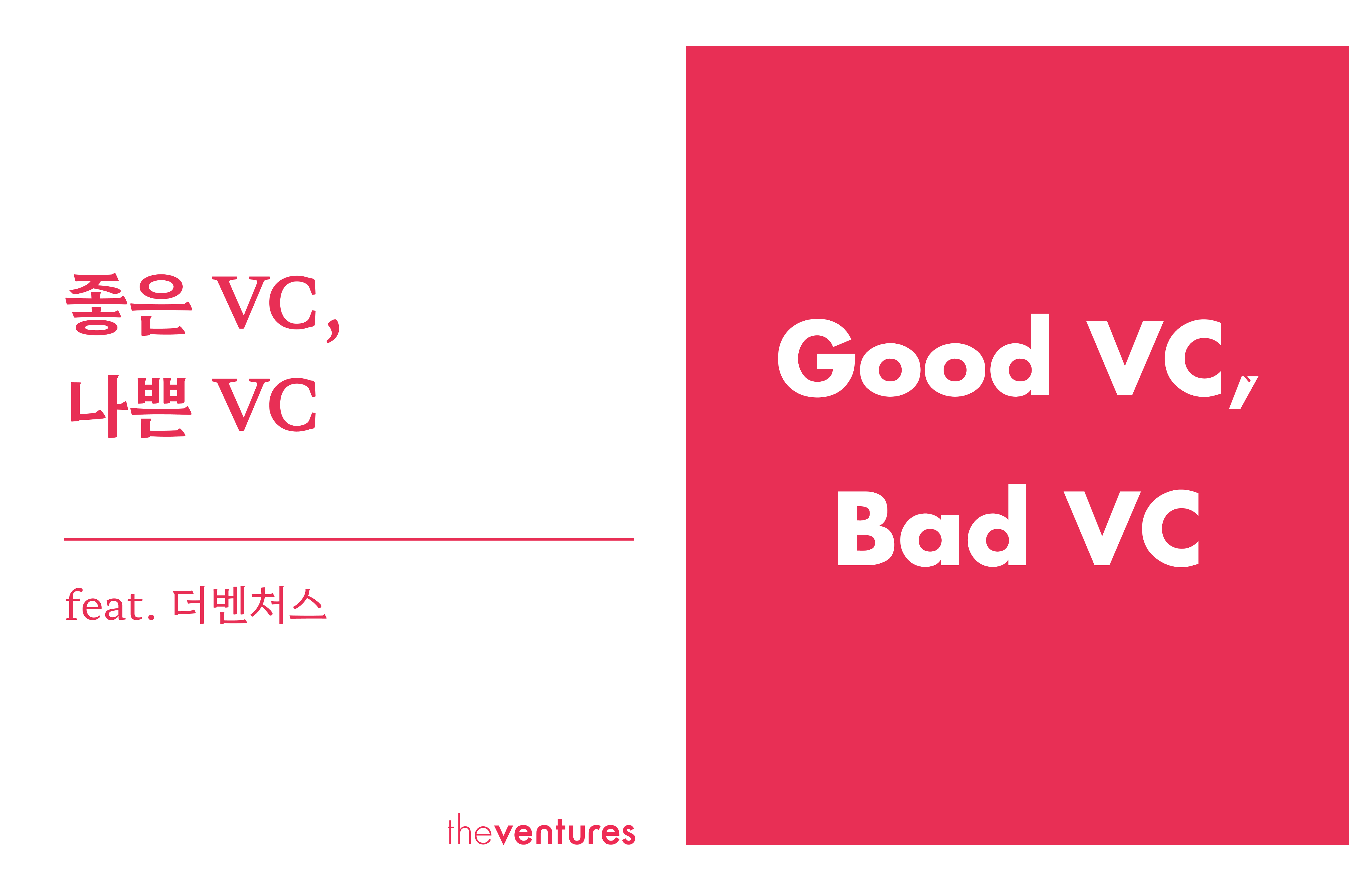
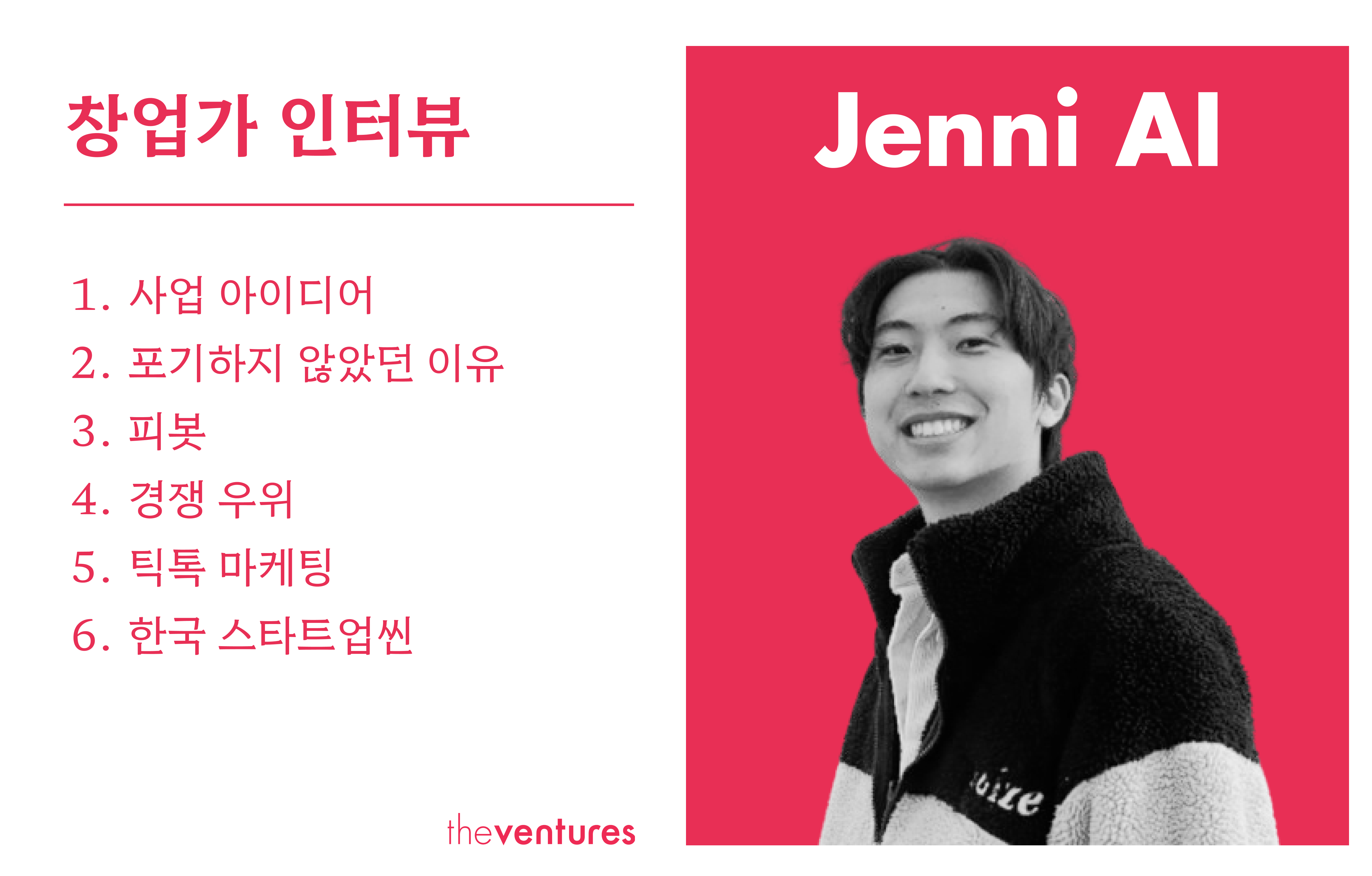
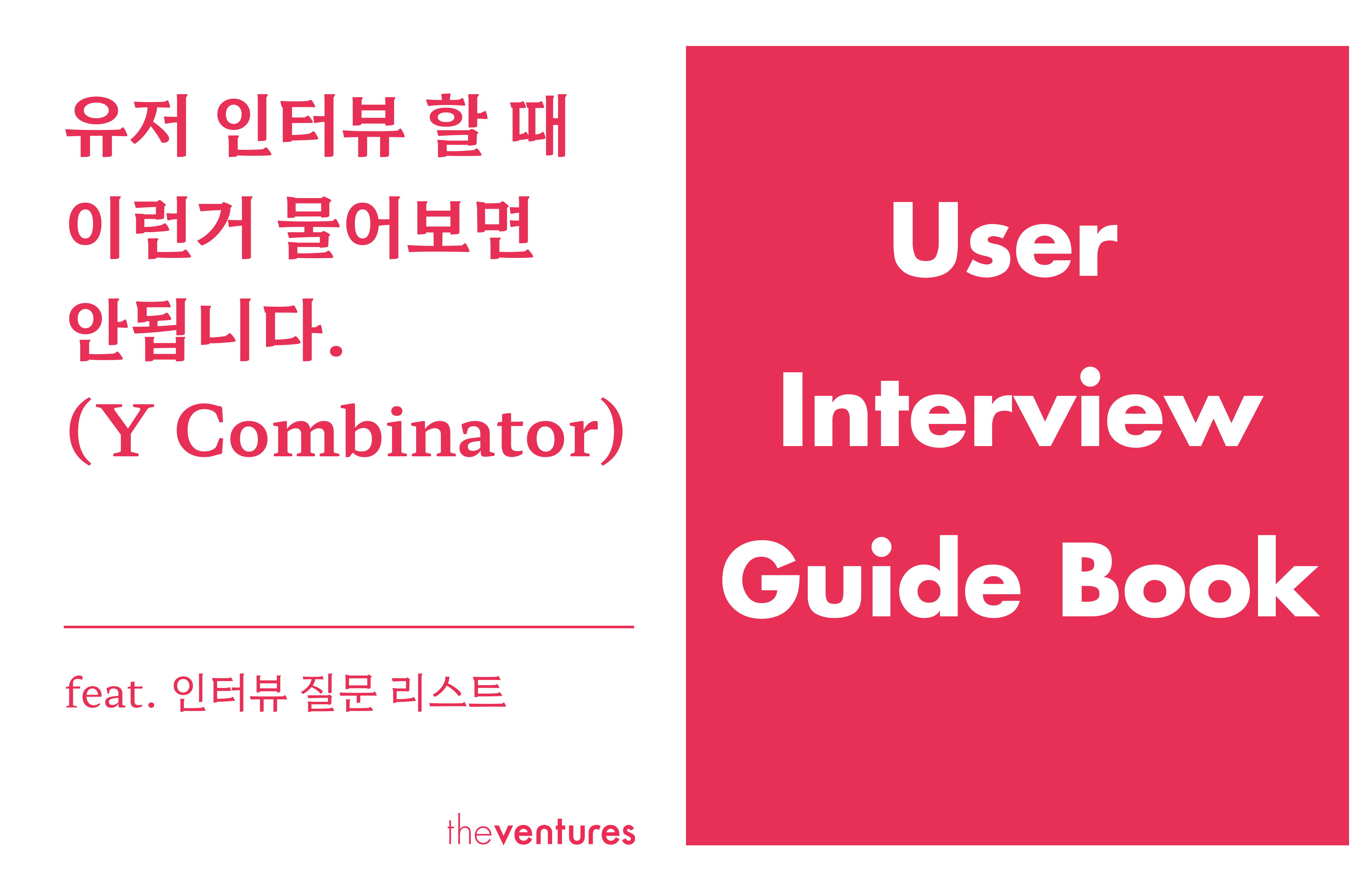
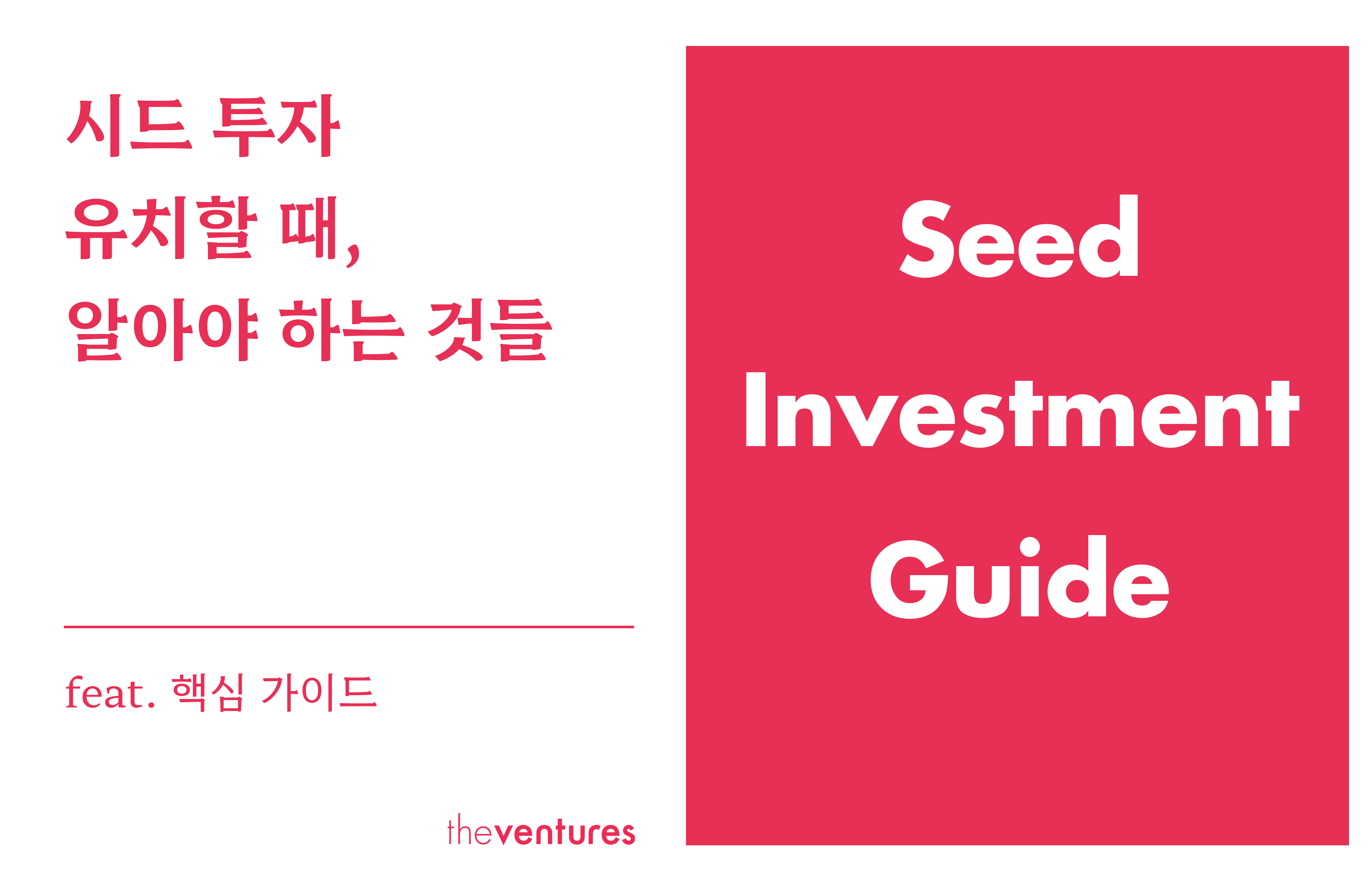

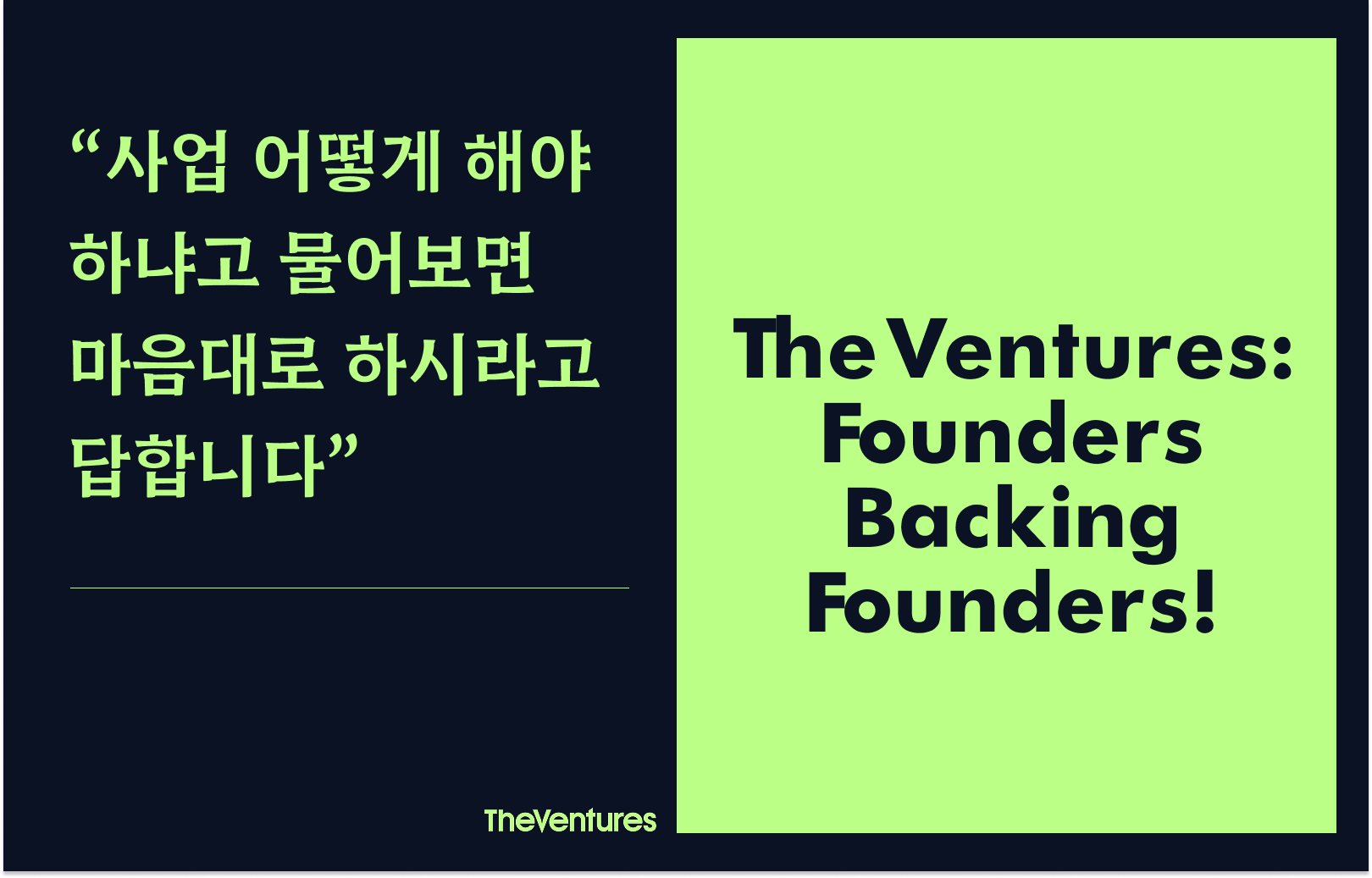


의견을 남겨주세요